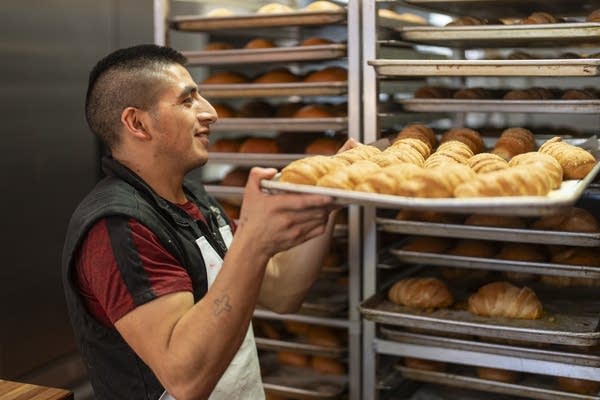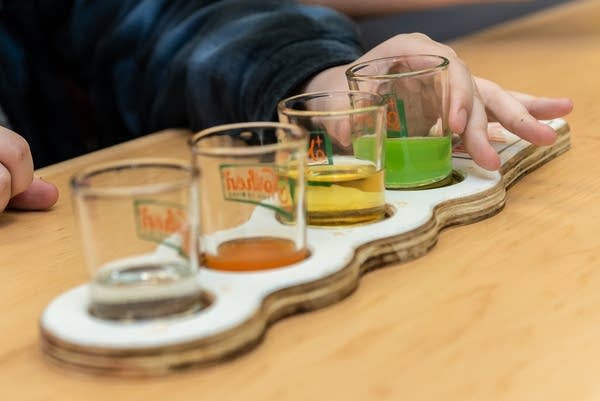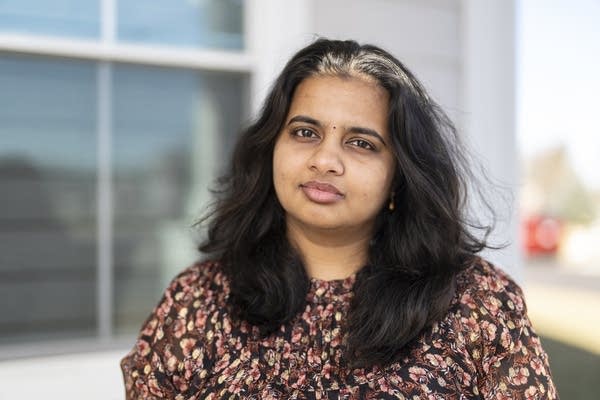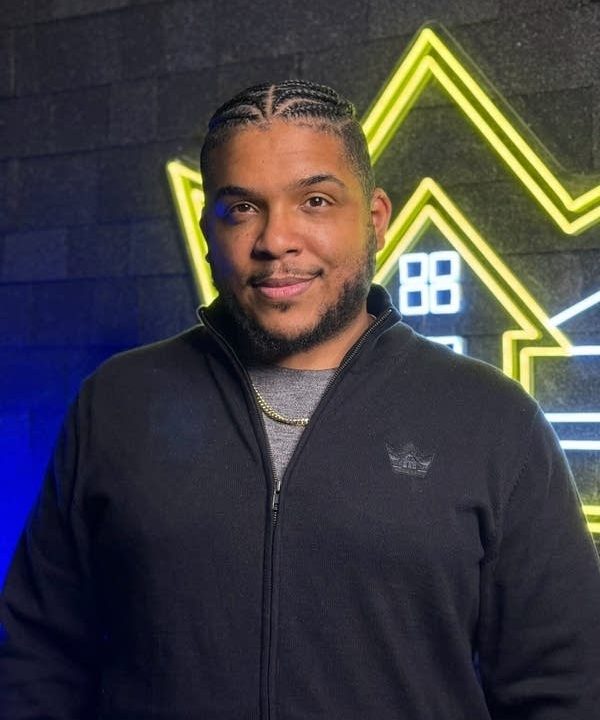
Ecuadorians fleeing violence and economic distress seek a new start in Minnesota
March 21, 2024
Craft brewed sodas and family fun are on tap at Northern Soda Company
March 22, 2024This story comes to you from Sahan Journal through a partnership with MPR News.
By Natasha Delion | Sahan Journal
When Ermias Melka emigrated from Ethiopia to Minnesota in 1998, he found new opportunities for himself and his family. But he also took a big step backward professionally. After working as a pharmacist for a decade in Addis Ababa, here he has only been able to find work as a pharmacy tech.
Software engineer Sri Mallipudi also ran into roadblocks finding work when she moved to Minnesota from India three years ago. After 70 interviews and no offers, a recruiter finally told her she didn’t have enough experience at U.S. companies and lacked a master’s degree from an American university.
She ended up working for Starbucks.
Their experience is a common one among college-educated immigrants. A series of barriers, including English proficiency, licensing and credentialing challenges, and lack of advanced degrees make it hard for some immigrants to find high-skilled jobs in the U.S., an issue sometimes called “brain waste.”
A 2021 study by the Migration Policy Institute estimated that this underuse of immigrant skills costs the U.S. economy $40 billion a year, including $10 billion in taxes to federal, state and local governments. And it’s become a pressing issue in fields like health care, which faces a shortage of doctors and nurses.
Addressing the barriers
A bill currently before the Legislature would address the barriers to higher-skilled work for one group of Minnesotans: immigrant physicians.
Alice Mann DFL-Edina, who co-sponsored the bill, said it would put “anywhere between 250 to 300 physicians back out into the workforce that currently cannot practice.”
She said the bill would require physicians who have graduated from medical school or have been practicing medicine for at least five years and are in good standing to practice in an underserved or rural area for two years with no issues before receiving their medical license.
“That’s important because when you practice medicine there are cultural aspects to how to practice medicine and we want our physicians to be able to learn that and incorporate that into their practice,” Mann said.
Mann immigrated from Brazil to the U.S. with her family when she was a child. Her father was a physician in Brazil, but it was years before he could practice medicine in the U.S.
While she was growing up, her mother worked three jobs at a time to support them while her father was going through the hurdles to practice medicine again, Mann said.
When she entered the Legislature, she came across several physicians who had a similar experience to her dad.
“They were saying, ‘I have lived here for many years. I can’t practice medicine and I was a doctor from wherever I came from,’” Mann said.
She said most states have significant barriers for physicians who completed their training abroad to practice medicine in the U.S. At the same time, residency slots are not keeping up with demand.
Her staff sought to tackle both of these issues at once by making it so immigrant physicians wouldn’t have to go through residency again and opening those slots for people who haven’t received the training yet.
“I just don’t see, personally, a downside to getting people to do what they’ve been trained to do and they’re good at, especially when we have a workforce shortage in health care,” Mann said.
Testing, and testing again
Melka said he started school in 1983 because his aunt worked in pharmacy and he was interested in learning about medications, how people are treated with the medications along with chemistry. He graduated in 1987 with his master’s degree and immediately started working in a hospital pharmacy.
“Pharmacy is more like life chemistry,” Melka said. “You can see all the medication people are treated with and the chemistry applied on that, so I’m so interested in that and that’s why I started in hospital pharmacy working with people, counseling people, communicating, seeing many patients and it’s so interesting to work with that.”
After arriving in the U.S., Melka passed the Foreign Pharmacy Graduate Equivalency Examination in 2005, but his score on the Test of English as a Foreign Language prevented him from becoming a full pharmacist again.
Melka said he took the English exam at least a dozen times before he became discouraged. At that point his score on the foreign pharmacy exam expired. He didn’t want to return to school or retake the exams, so he continued as a pharmacy technician, a job that only requires a high school degree or GED, and focused on raising his family.
Melka’s struggle with the TOEFL has cost his family thousands in lost wages. In the U.S., the mean annual wage for pharmacy technicians is $40,260 whereas the mean annual wage for pharmacists is $129,410, according to the U.S. Bureau of Labor Statistics.
Changing paths
Mallipudi worked as a software engineer for Broadcom in Andhra Pradesh, India, for almost four years before she moved to Minnesota to join her new husband in 2021. She expected to have a few months off while waiting for her work authorization before landing a comparable job in the U.S.
“I actually cried a lot because when I was sitting idle, all different thoughts were coming into my mind, and I used to think about endless possibilities, like what-ifs, even now,” she said.
In India, she worked on the Wi-Fi and Bluetooth functional testing and debugging Bluetooth-related issues for iPhones and iPads. She said she received about $50 to $60 an hour for her role.
But after a series of job rejections, Mallipudi felt like she had two options: get a master’s degree or work low-skilled jobs while changing her career.
She started a seasonal job at a Target Starbucks in October 2022, and by the following January she was promoted to full-time and received benefits like education assistance. She completed a full stack development boot camp at the University of Minnesota in 2023 and is now looking for a job as a junior developer to gain experience before applying for more senior jobs.
Giving back, moving forward
Zornitsa Keremidchieva, an intercultural communications professor at the University of Minnesota, came to the U.S. through the higher education system after finishing her bachelor’s degree in Bulgaria.
One theory about adaptation, called the U-Curve theory, is that people go through a honeymoon stage then have a horrible culture shock and then go through some kind of integration, she said.
“Those transnational bonds, those bonds with their home country, don’t get severed right away,” said Keremidchieva. “They may get severed over the second generation and the third generation, but it takes time.”
When young people immigrate to these diasporic communities, they give them shelter and space to cushion the transition and help them move forward, she said. This creates some kind of bond and over the years allows them to give back to their countries in multiple ways.
“There’s never a payback for the fact that very often struggling countries made an investment in those people to give them that education and then they don’t get anything back,” she said. “We’re all recognizing that we were raised by poor countries and we are not giving back enough.”
Melka and his family faced challenges, but they continued to support each other during this transition in their lives. Both he and his wife worked while raising their children, one in the morning and one in the afternoon. They were able to buy a house, cars and many other things together. A major part of their transition was supporting and growing together, said Melka.
“The children are so good, they’re helping us too. They’re helping each other, so we grow together,” said Melka.





